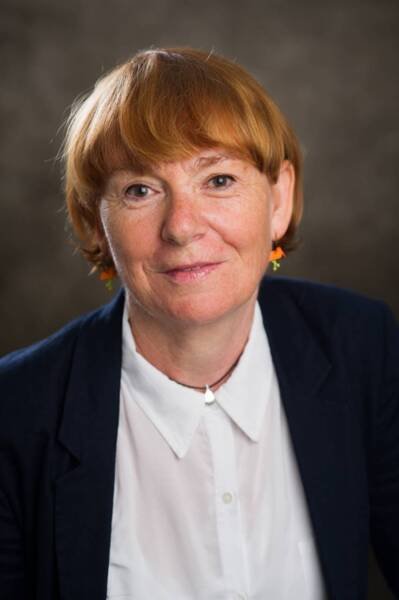She is studying how diet and lifestyle habits affect our health
Should we avoid fatty fish because it contains PCB – or eat it because it contains omega-3? Agneta Åkesson, Professor of Epidemiology specialising in Nutrition and Toxicology at the Institute of Environmental Medicine, combines several research fields in order to piece together a picture of how factors such as diet and lifestyle affect our health.

Agneta Åkesson researches how our dietary and lifestyle habits affect our risk of contracting diseases such as cardiovascular disease, cancer and osteoporosis.
Her professorship bridges several scientific disciplines – epidemiology, nutrition, toxicology and environmental medicine.
“Traditionally, this research has been divided over several fields, which is why we don’t have the whole picture of the effects of different health factors,” says Professor Åkesson. “One significant example is that some of our most important foods, contributing to an array of nutrients, have also become our largest sources of environmental pollutants.”
Fatty fish, which contains omega-3 as well as PCB, and whole grain products, which are high in cadmium are examples where she studied such risk-benefit aspects.
Based on large cohorts and biobanks
“In one ongoing research review we are looking at nuts, which on the one hand often contain aflatoxins, but on the other have significant health benefits,” she says. “And we can see that the health benefits are much greater.”
Much of her research is based on large cohorts and biobanks, which allow for prospective studies. The Swedish mammography cohort and the cohort of Swedish men, which together total over 100,000 individuals, are examples of this.
The results of her research manifest themselves in the limit values and dietary guidelines issued by the authorities; she was directly involved, for instance, in revising the exposure limit for cadmium, which the European Food Safety Authority lowered considerably in 2009.
Text: Anders Nilsson, first published in the booklet From Cell to Society 2015. Translation: Neil Betteridge.
